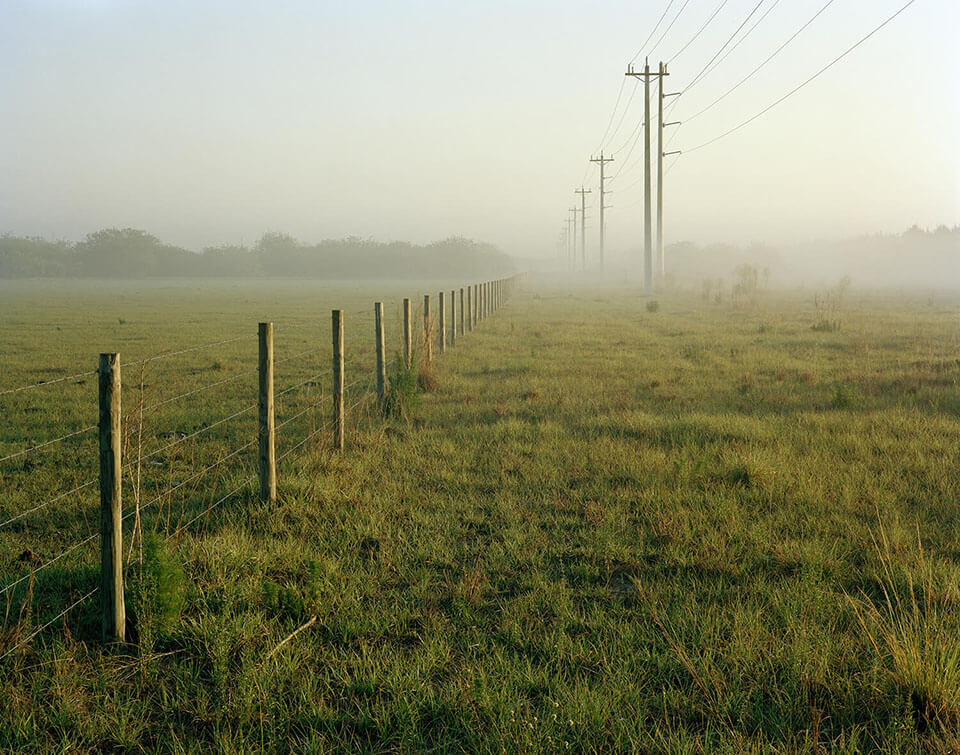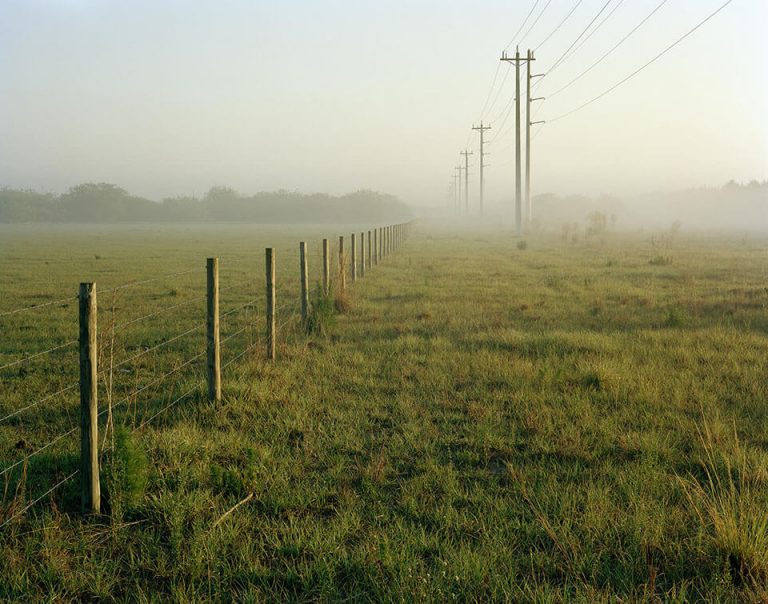Rylan Steele & Nora Wendl
Ave Maria


Such is the rhetoric of paradise. A longing that cannot be uttered.

universe
out of acres of disorder and silence.

To resist the world is to admit that there is an unbreaking
absence at the heart of life. Here, I have tried to find a way to
surround it, to put a roof over it. To extend the eaves in a line
that mirrors the earth’s own horizon, that brings some sense of
scale to the infinite. I could fill each room with furniture, could
patch together the wires that might signal in on a suspended
flat-screen monitor the events of some remote adventure, have
the electrician number the artificial lumens that flood each
surface, but it is the absence that you would recognize first, and
you would know it by many names.

It is difficult to locate God.
Perhaps:
we have not yet gone far enough.
God does exist, but is confined elsewhere.
we lack the requisite apparatus for detecting Him.

the humidity and moisture and plants and animals that do not
relent, whose only purpose is an unholy devouring.
The water is especially difficult. One must structure the ground
to be able to hold a building. There are many possibilities—
filling the ground with sand, making raft foundations or driving
piles deep into the earth.
I suppose there are reasons that Eden never had any buildings.
Once Adam and Eve realized in their nakedness that they
needed to be protected, they were driven out. They sought the
sanctuary of concrete and a cacophony of water-impervious
membranes.
They shivered, though it was warm.
Rylan Steele & Nora Wendl
Nora Wendl is Assistant Professor of Architecture at University of New Mexico and Associate Professor of Architecture at Portland State University. Her compositions upon architecture and its histories have resulted in numerous exhibitions, performances, and publications. She is co-editor of Contemporary Art About Architecture (Ashgate, 2013), with Isabelle Loring Wallace and author of the concrete poetry collection Glass Document (Ugly Duckling Presse, 2016). In collaboration with photographer Rylan Steele, she was recognized as a finalist for the 2015 Lange-Taylor Prize by the Duke University Center for Documentary Studies. She is widely published in numerous journals, including 306090, Architecture and Culture: Journal of the Architectural Humanities Research Association, Flyway, Forty-Five, Journal of Architectural Education, Offramp, On Site: Review, Studies in the History of Gardens and Designed Landscapes, and Thresholds. Over the past decade, she has presented, performed and exhibited her poems and artifacts at numerous national and international venues including, most recently, the Biennale Sessions at La Biennale di Venezia.